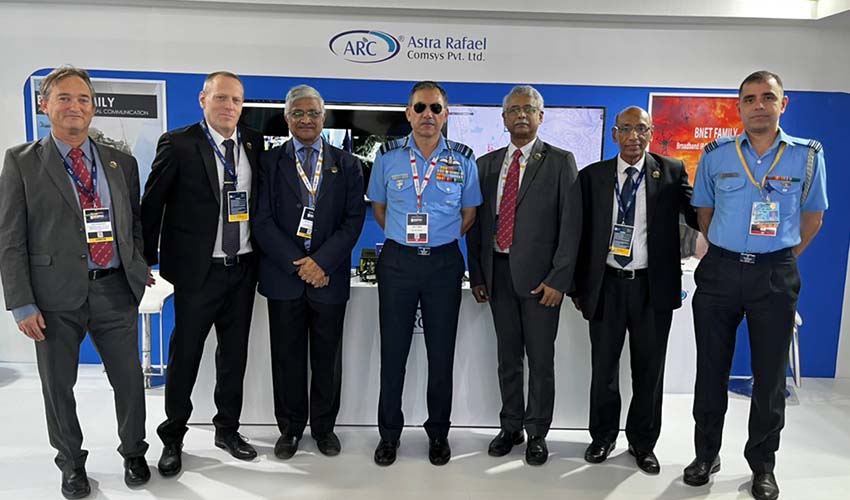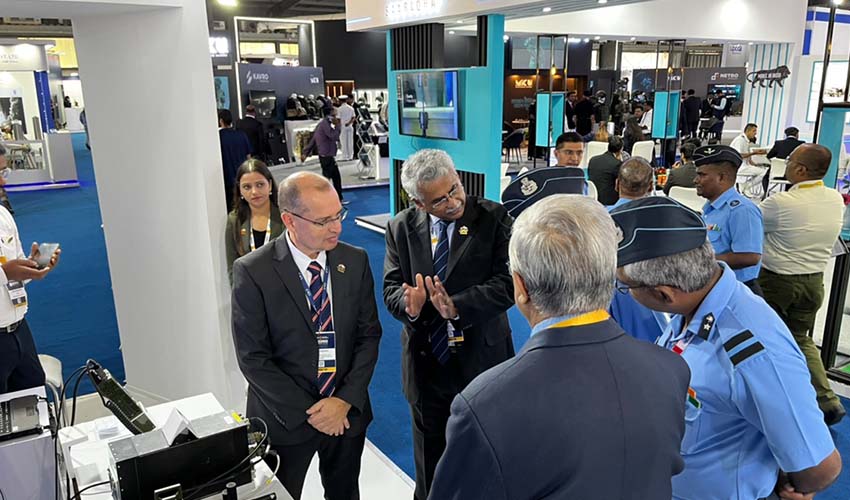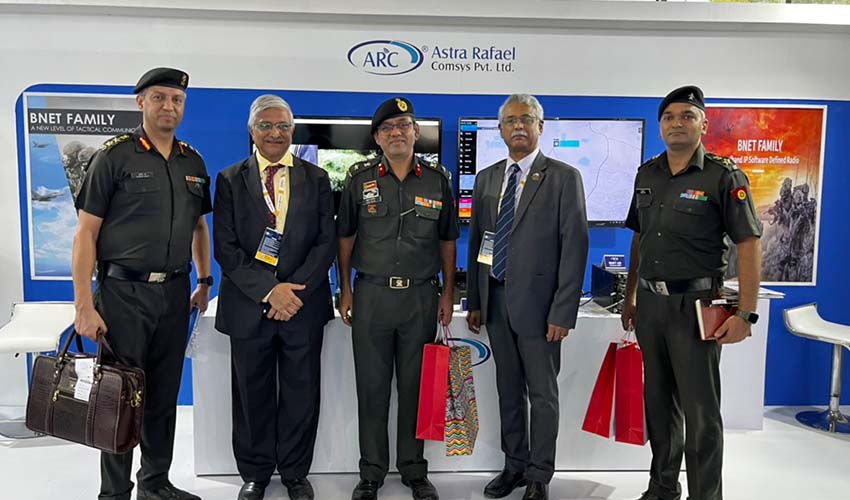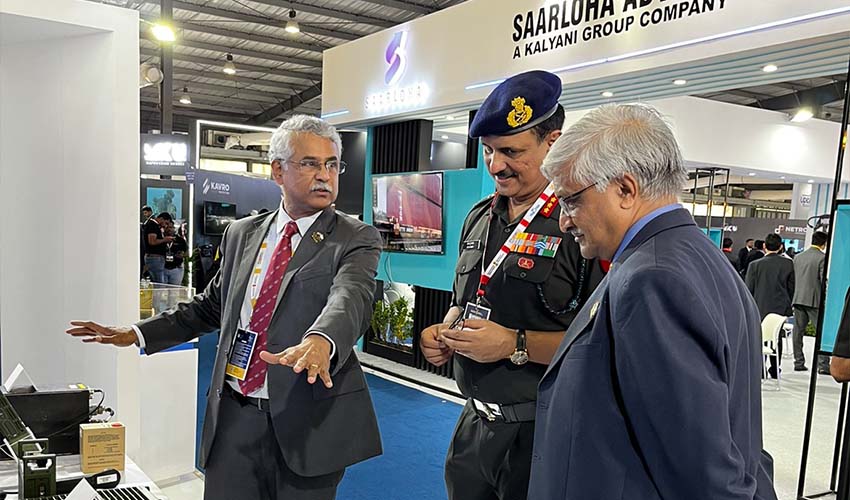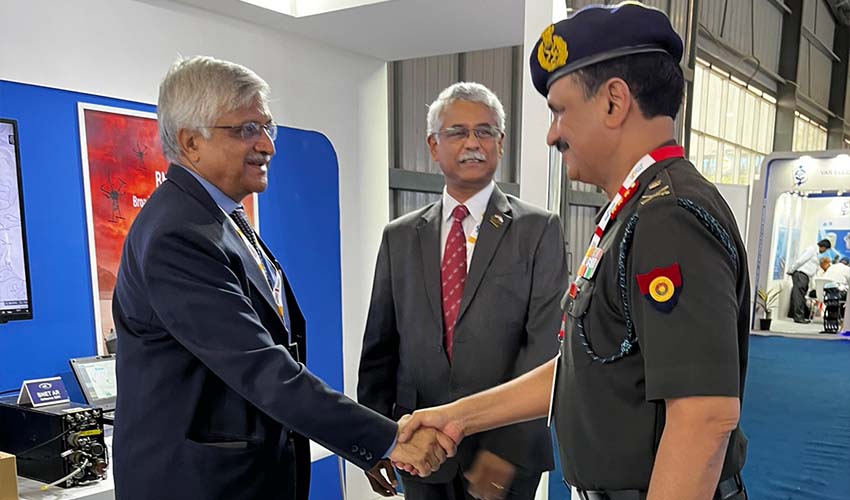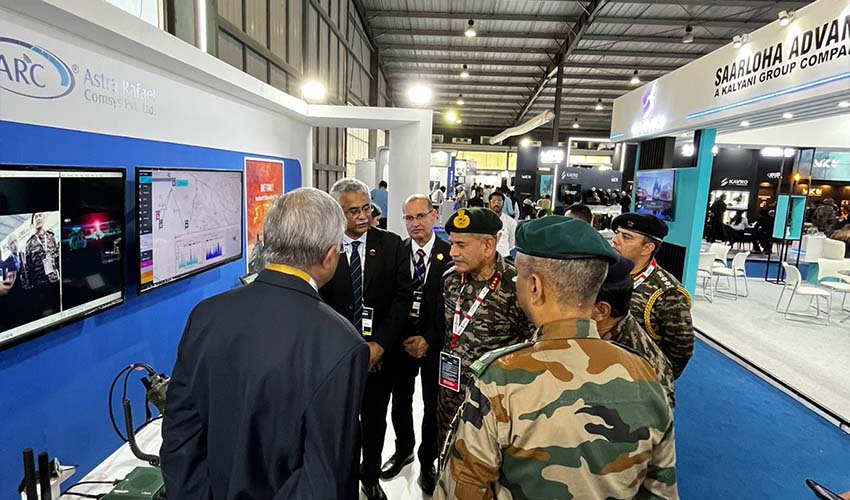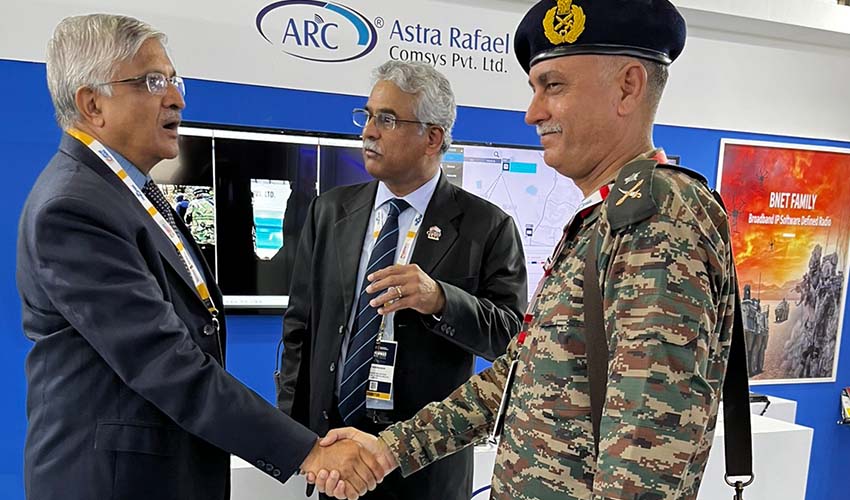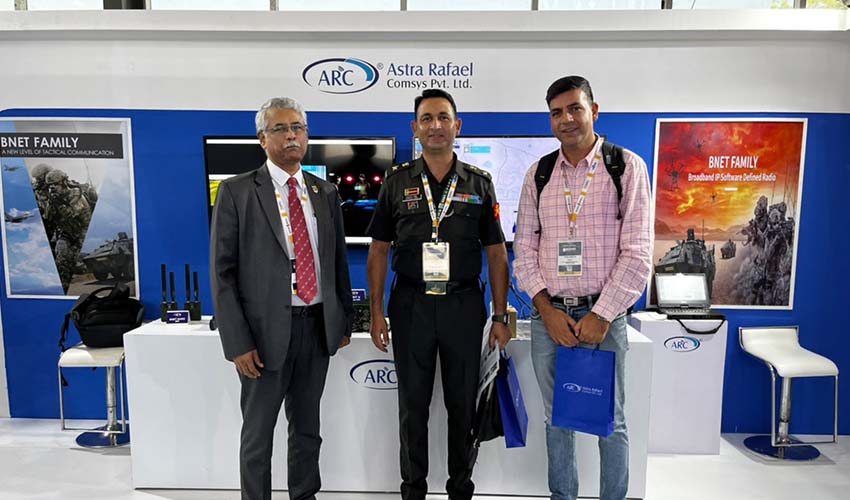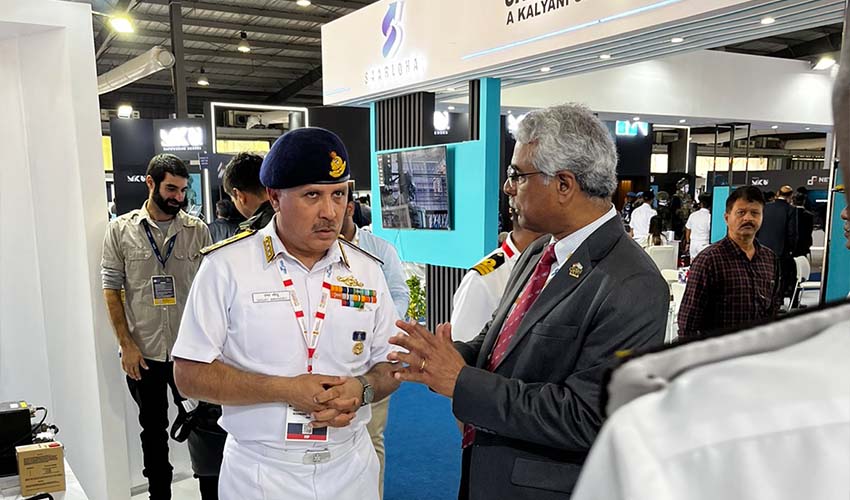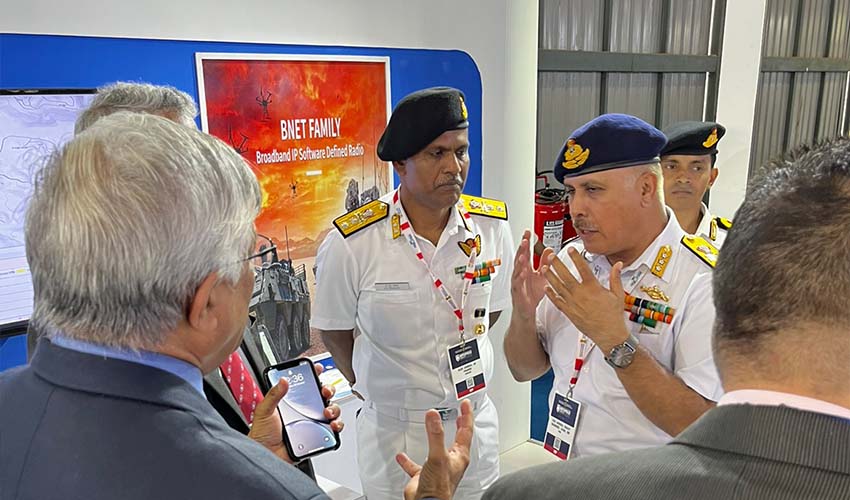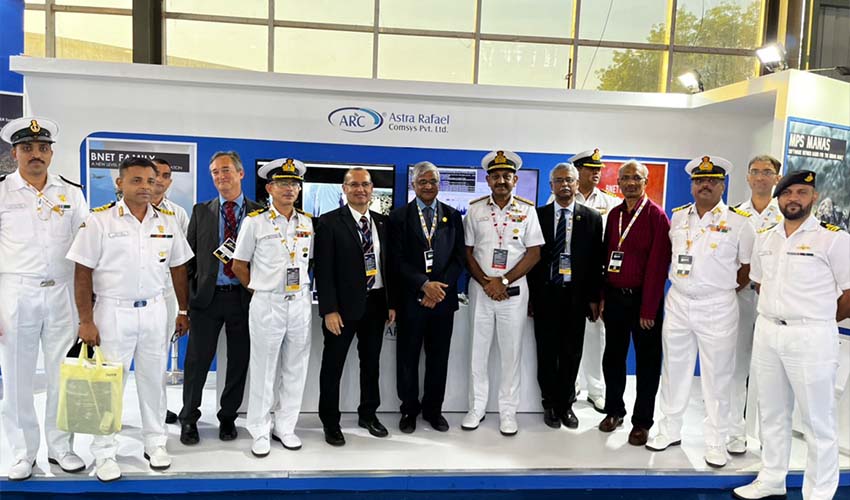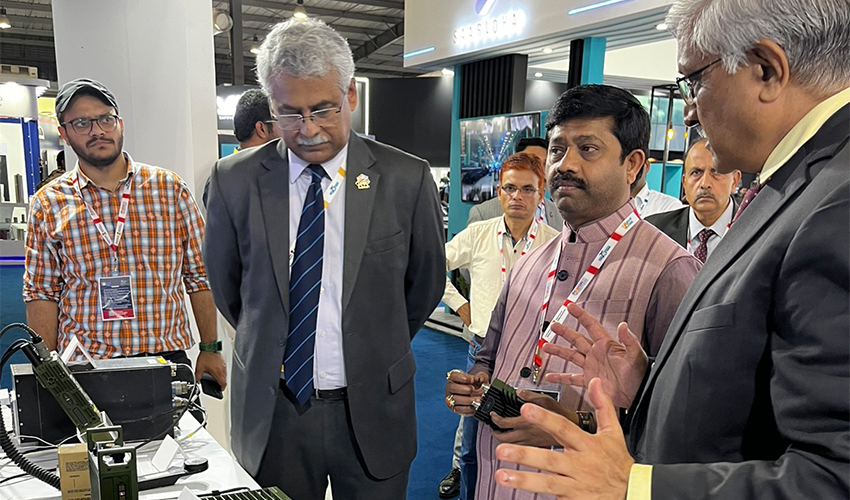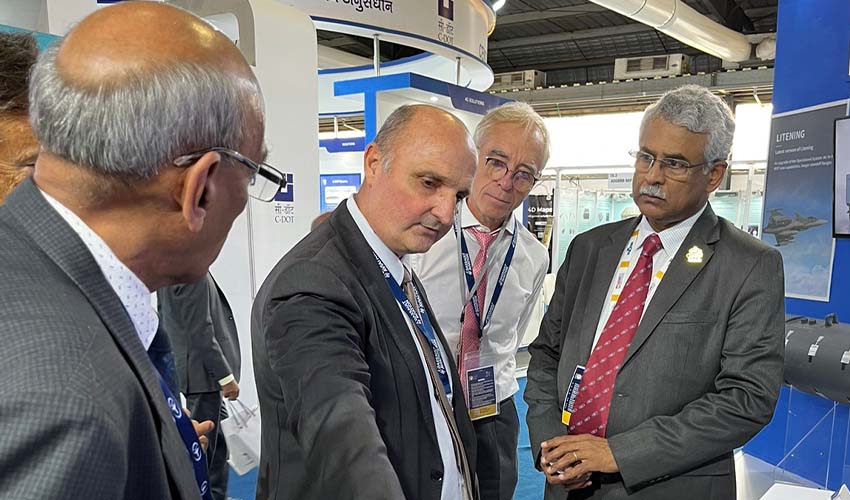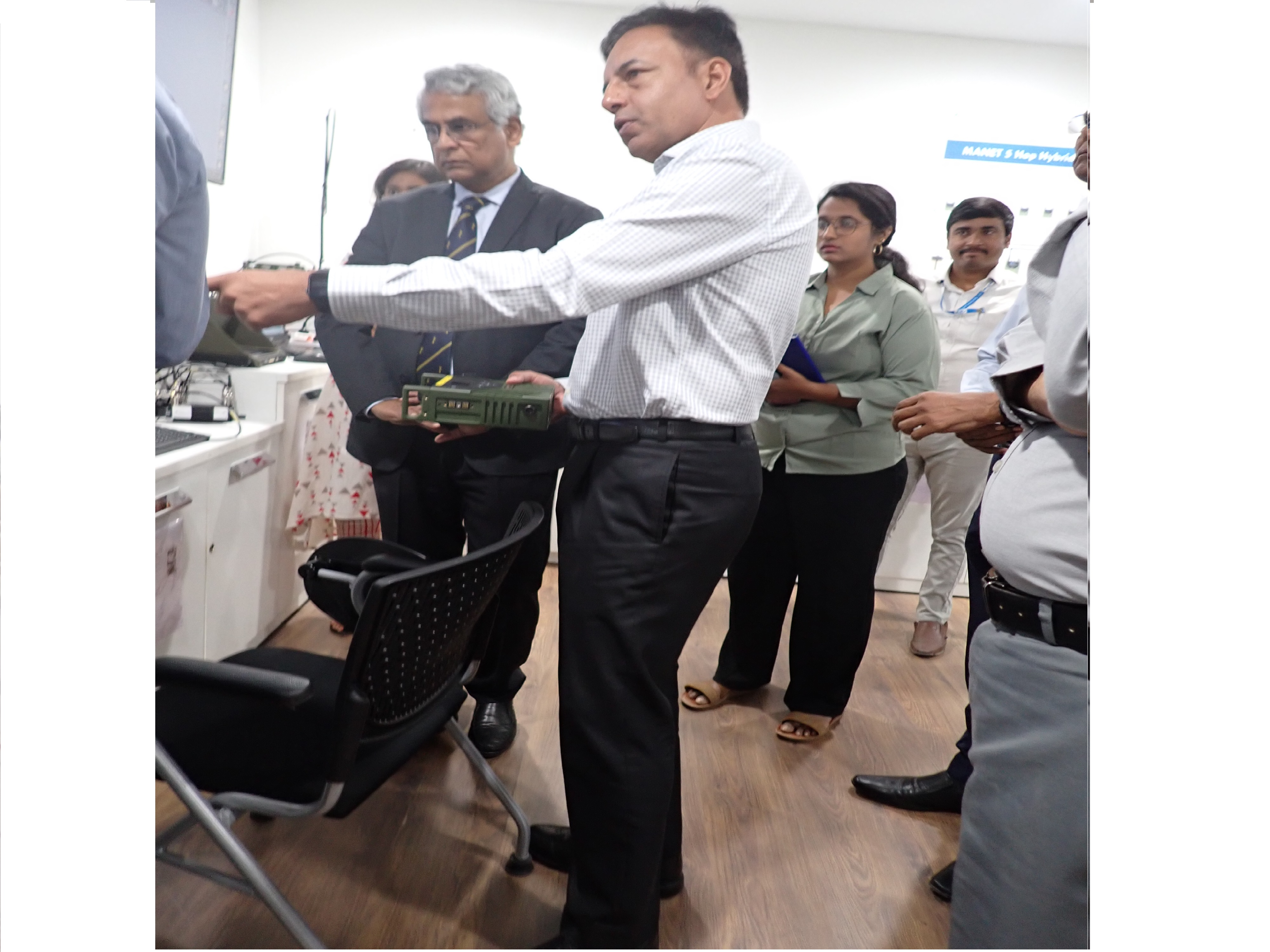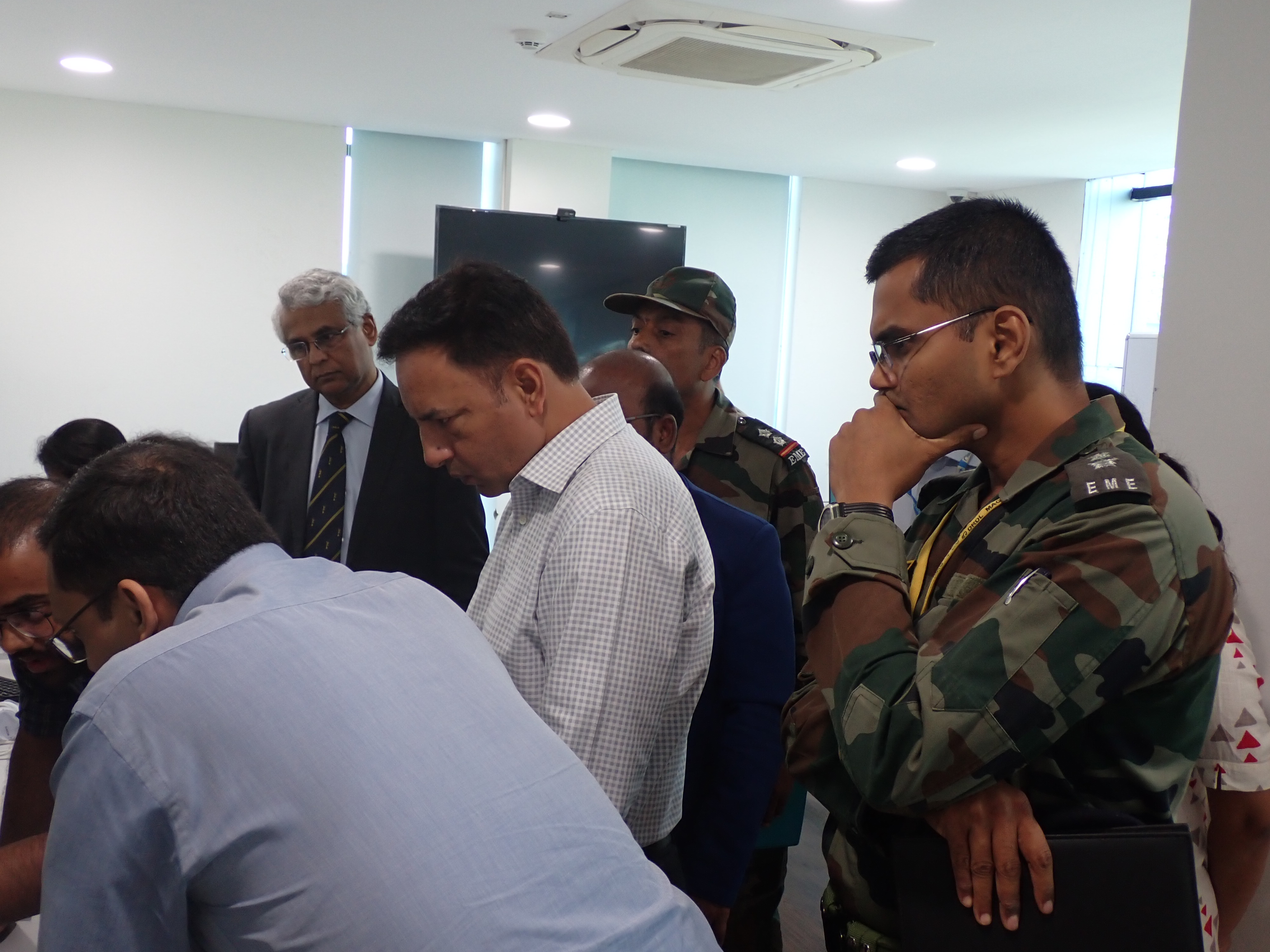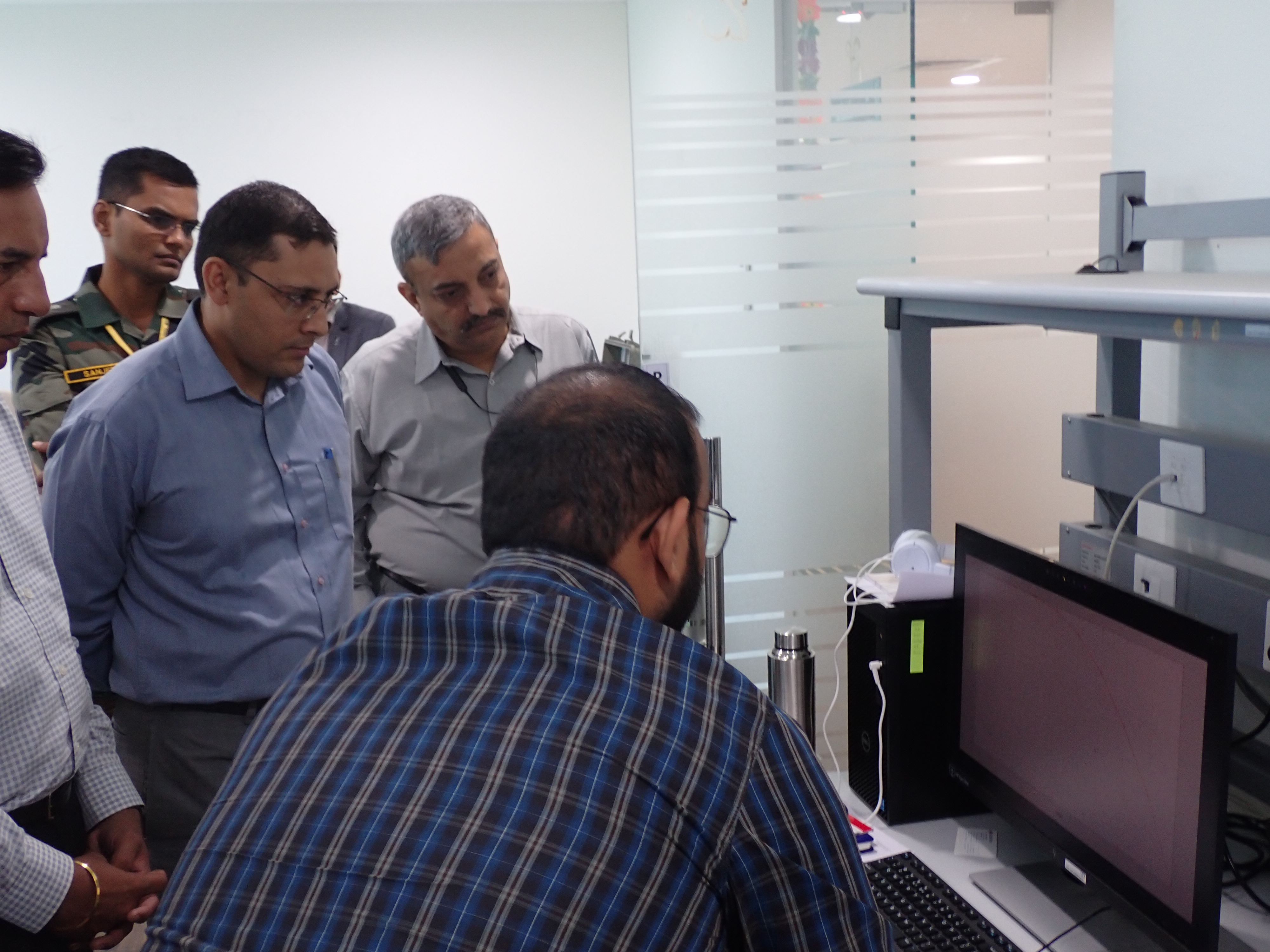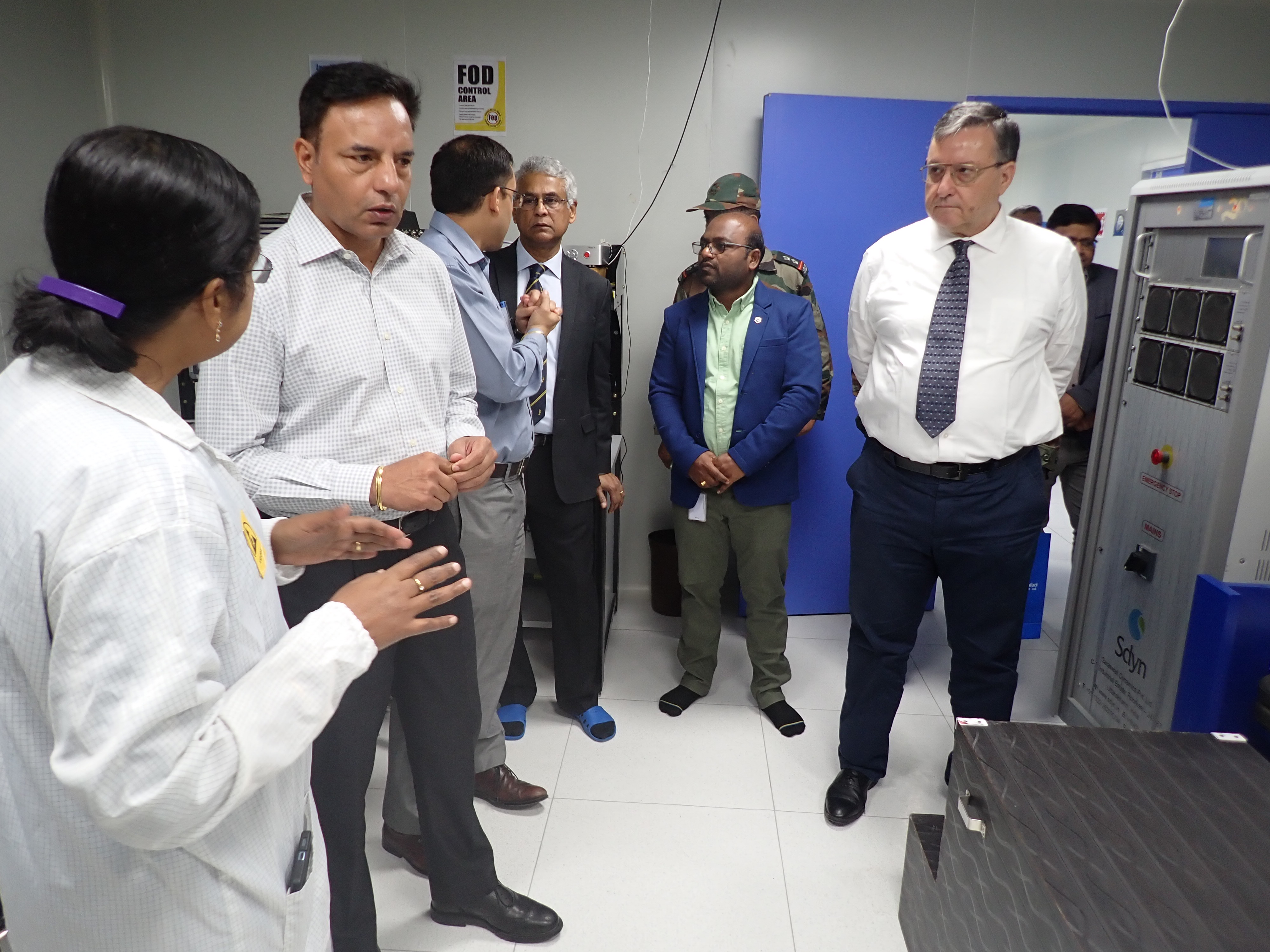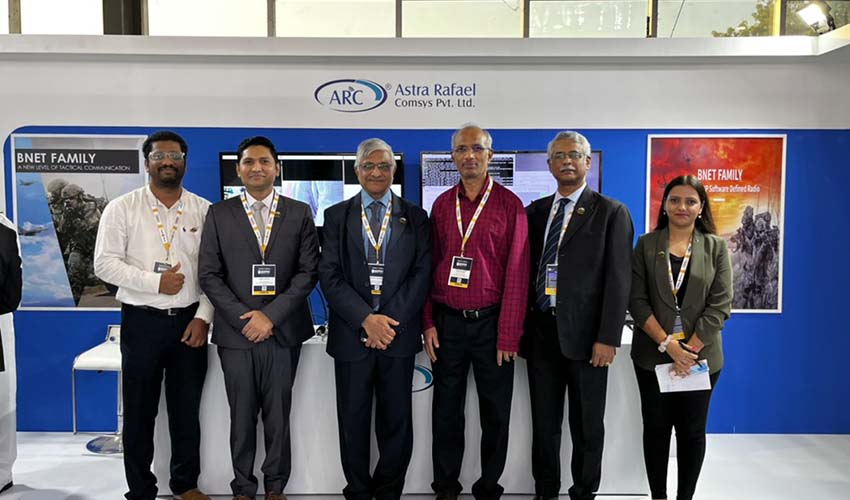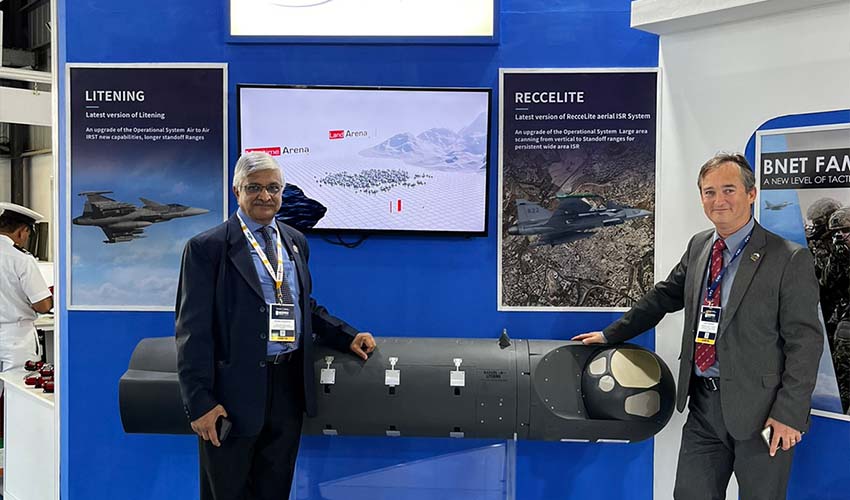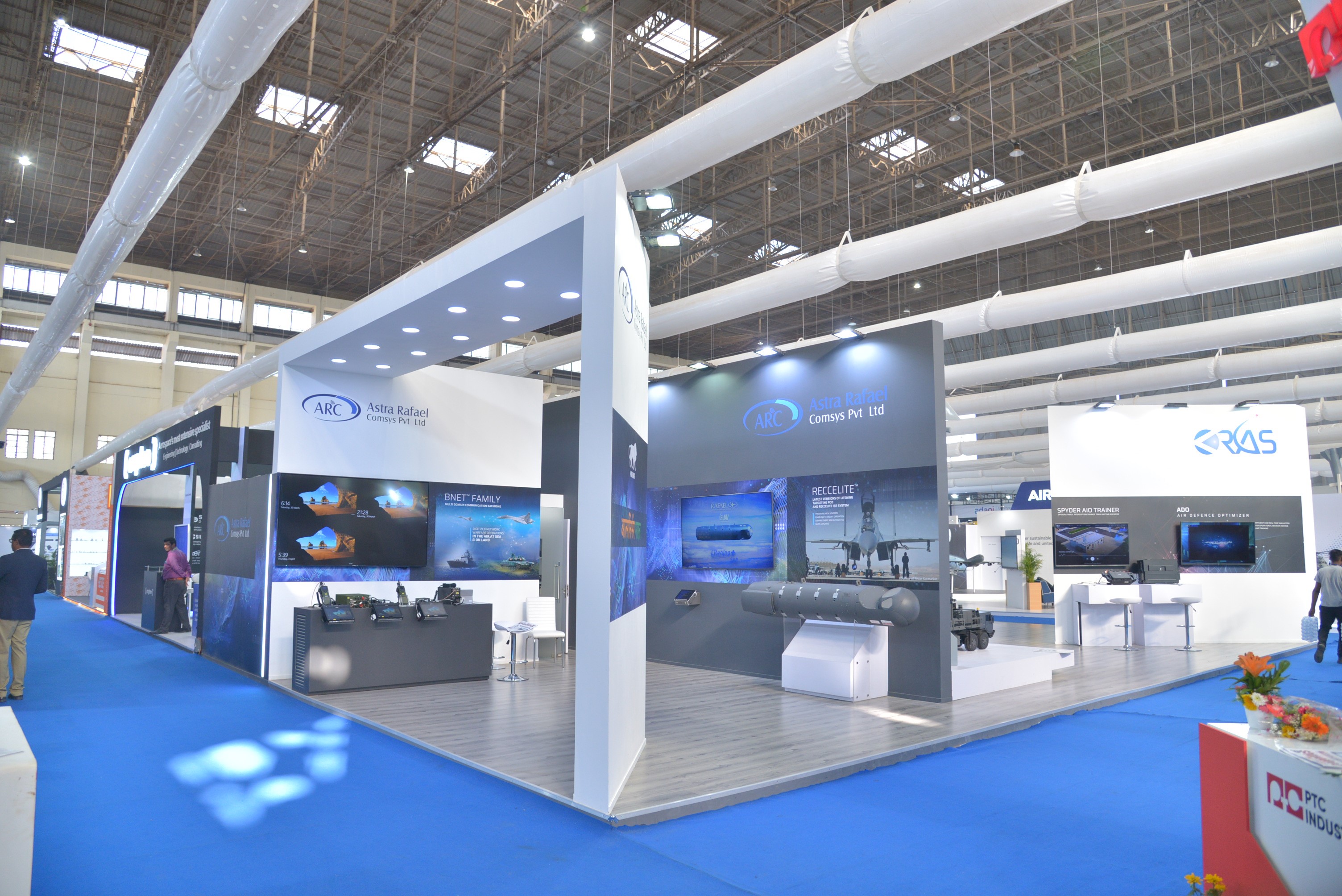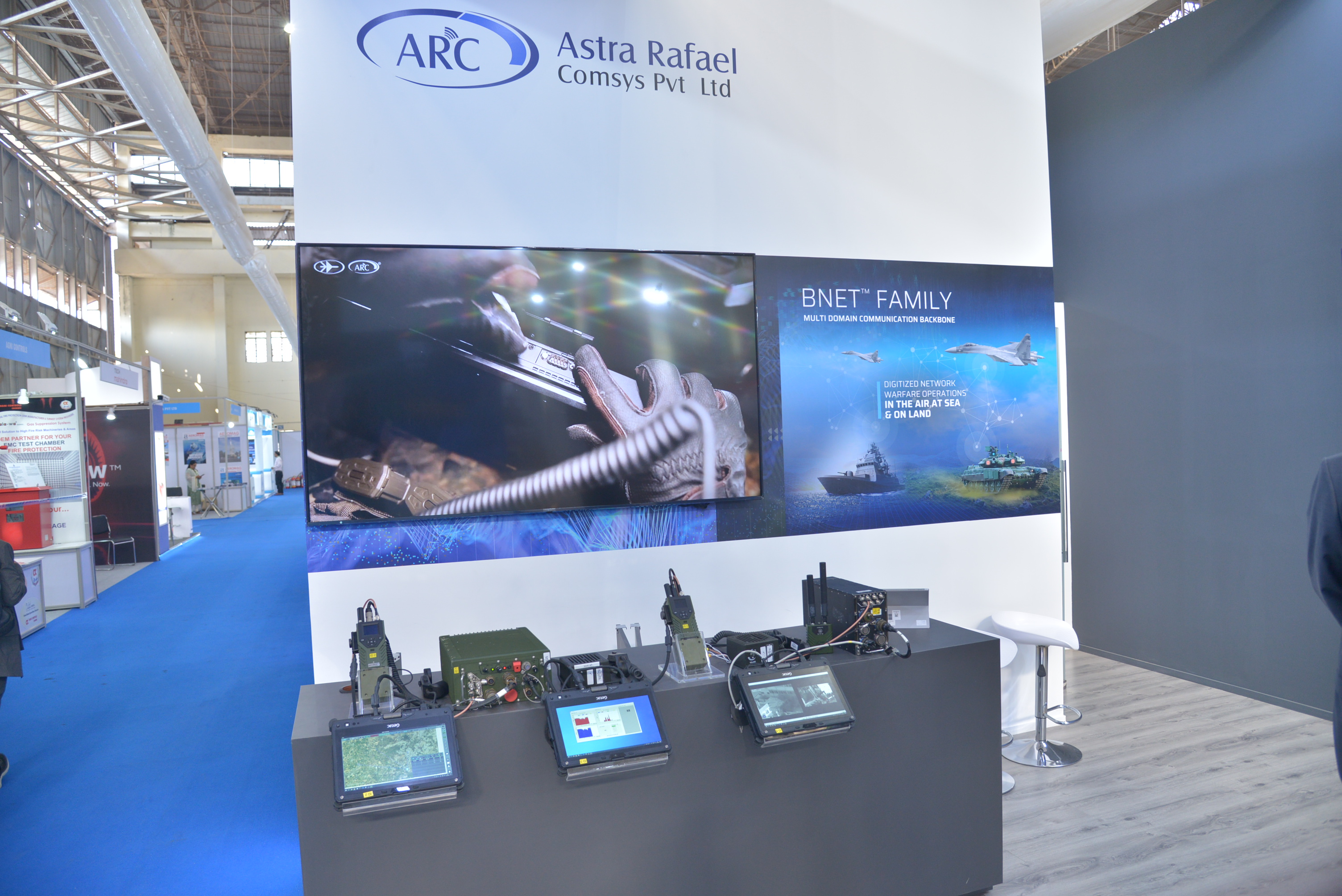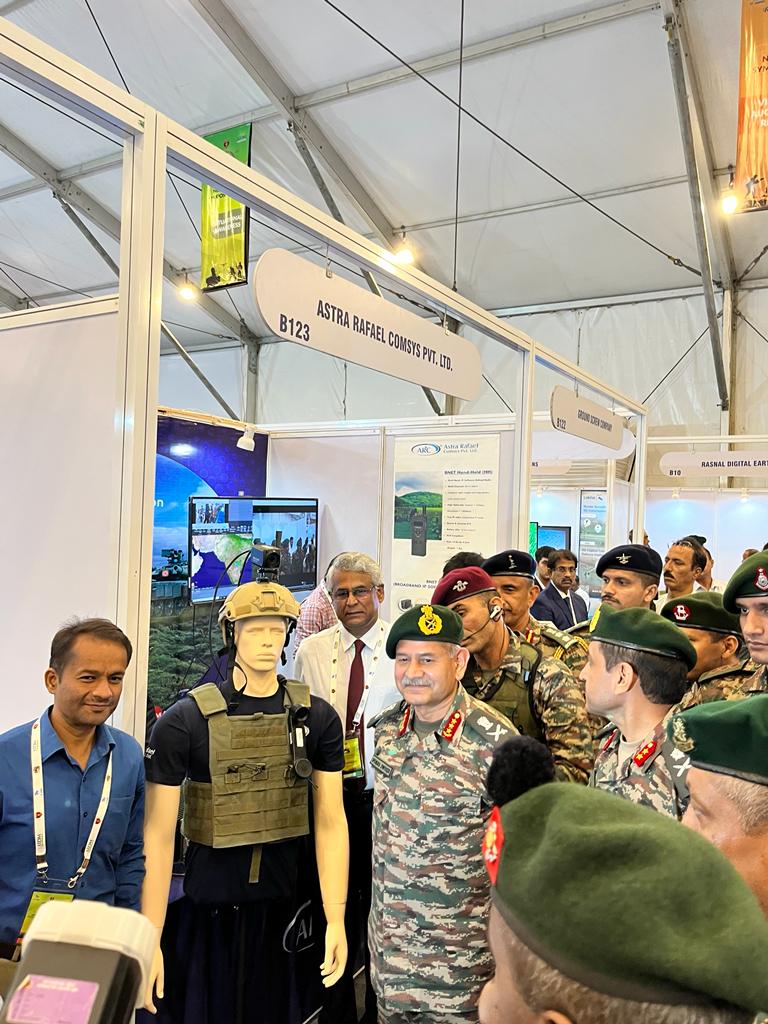Overview of BNET Family
The BNET broadband IP SDR (software defined radio), supports the modern digital communication needs for war fighting with high-speed, low-delay, reliable connectivity for broadband data, voice and video on the move. Delivering unprecedented network capacity in terms of data rates, number of users and minimal delay, BNET enables all land, sea and air radio units to participate in a single, seamless, scalable mobile ad hoc network (MANET).
The Future of Tactical Communications
The BNET family is an advanced Broadband IP MANET (Mobile Ad-hoc Network) Software Defined Radio for tactical operations. It supports the modern digital battlefield’s needs with high-speed, low delay, reliable connectivity for data, voice and video on-the-move. Modular, multi-band and multi-channel BNET is a net- centric spectrum aware system for vehicular and airborne platforms, headquarters and dismounted soldiers. Delivering unprecedented network capacity in terms of data rates, number of users, and minimal delay, BNET enables all radios of land, sea and air units to participate in a single, seamless, scalable MANET network.
BNET - MPS (Man Pack System)
Main Capabilities
- Wideband voice, video & various IP data services, transmitted over seamless and self-healing wireless networks.
- Communications continuity and system survivability in all conditions.
- Support for delay-sensitive applications (i.e., closing sensor-to-shooter cycles)
- Support for “flat” networks with thousands of members in changing traffic and variable link and terrain conditions (mountain, urban, hilly, riverine, forested, plains and deserts etc.)
- Interoperability between branches of military and para-military forces (blue light forces).
Benefits
- High Scalability +1000 Users
- Multi-Band, IP, Software Defined Radio that is Software Communication Architecture (SCA) 2.2.2 Compliant
- Multi-Channel Reception in MANET Waveform
- Ultra-High Capacity
- High-Speed, Low Delay
- Efficiency and full utilization of the limited spectrum resource
- Operational simplicity and ease of operation
- Simple maintenance and logistic survivability
- Open architecture using IP technology, allowing smooth, cost-effective integration with existing and future applications.




















